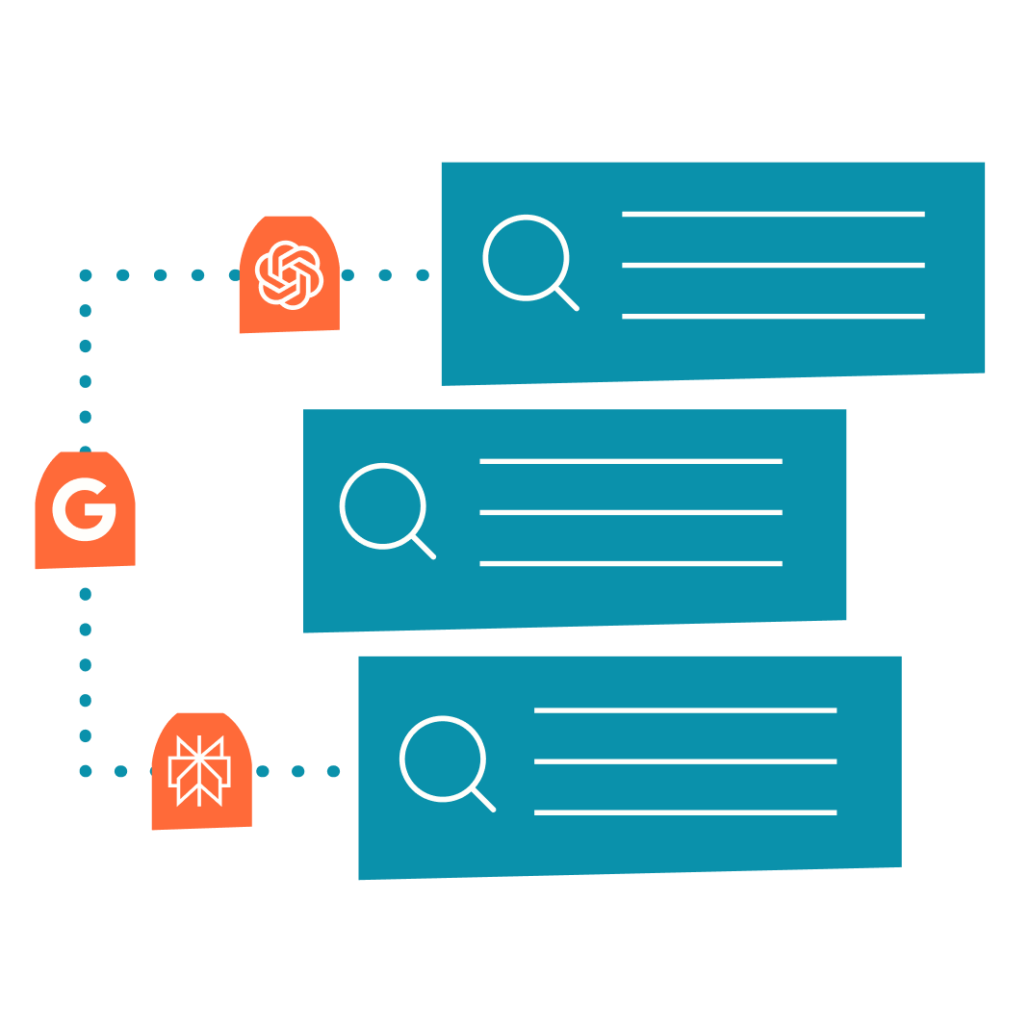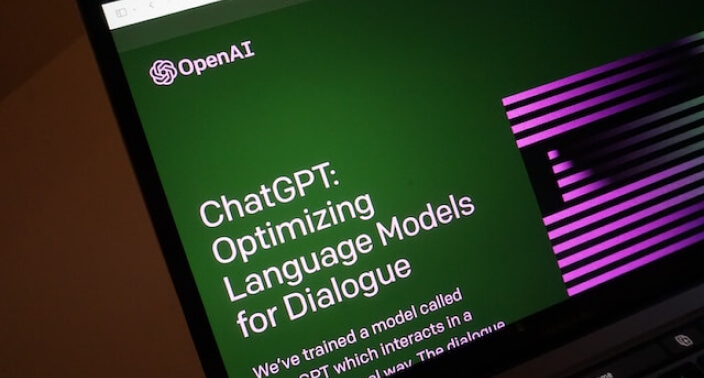Terms like GEO, AEO, and even LLM SEO are often used interchangeably. But we would argue they convey subtle differences in approach.
Generative Engine Optimization (GEO) focuses on enhancing content for AI-driven platforms like ChatGPT, Google’s AI Overviews, and Perplexity AI, ensuring accurate representation and citation in AI-generated responses. Answer Engine Optimization (AEO), on the other hand, aims to optimize content for direct extraction from AI tools to answer user queries. This can include optimizing for results like featured snippets, knowledge panels, and voice search results — whether on Google Search or voice assistants like Siri and Alexa.
While both strategies enhance visibility, GEO targets AI synthesis while AEO focuses on direct answer delivery to user queries.
Gaining visibility on certain platforms requires a hybrid approach of both GEO and AEO. For example, Perplexity AI is an AI-powered answer engine that searches the web, identifies trusted sources, and synthesizes information into clear, up-to-date responses. While it shares characteristics with both generative AI platforms and traditional search engines, Perplexity’s approach involves directly answering user queries with synthesized information, often including citations.
Therefore, optimizing content for Perplexity involves strategies from both Generative Engine Optimization (GEO) and Answer Engine Optimization (AEO), ensuring content is authoritative, well-structured, and directly addresses user queries to enhance visibility across various AI-driven platforms.









